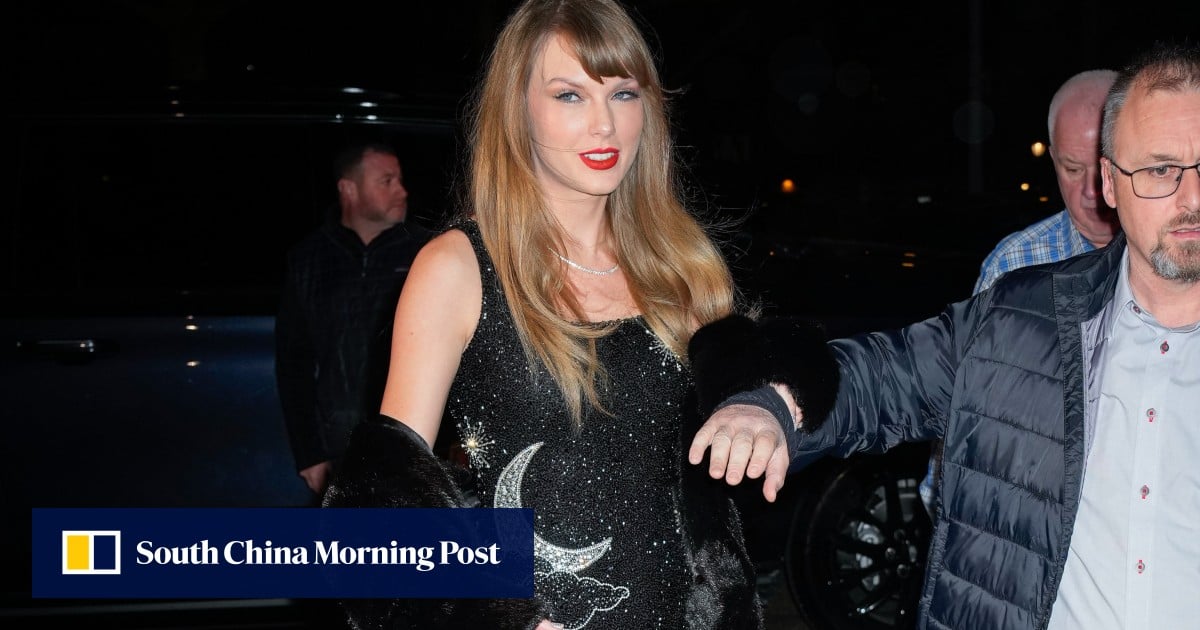Peppiatt’s hand-beaded and hand-embroidered party dresses have become some of fashion’s most-wanted pieces, seen on the likes of Rosé, Emma Chamberlain, Ashley Graham, Kim Kardashian and Taylor Swift, who wore the “Night Lucina” dress on her birthday.
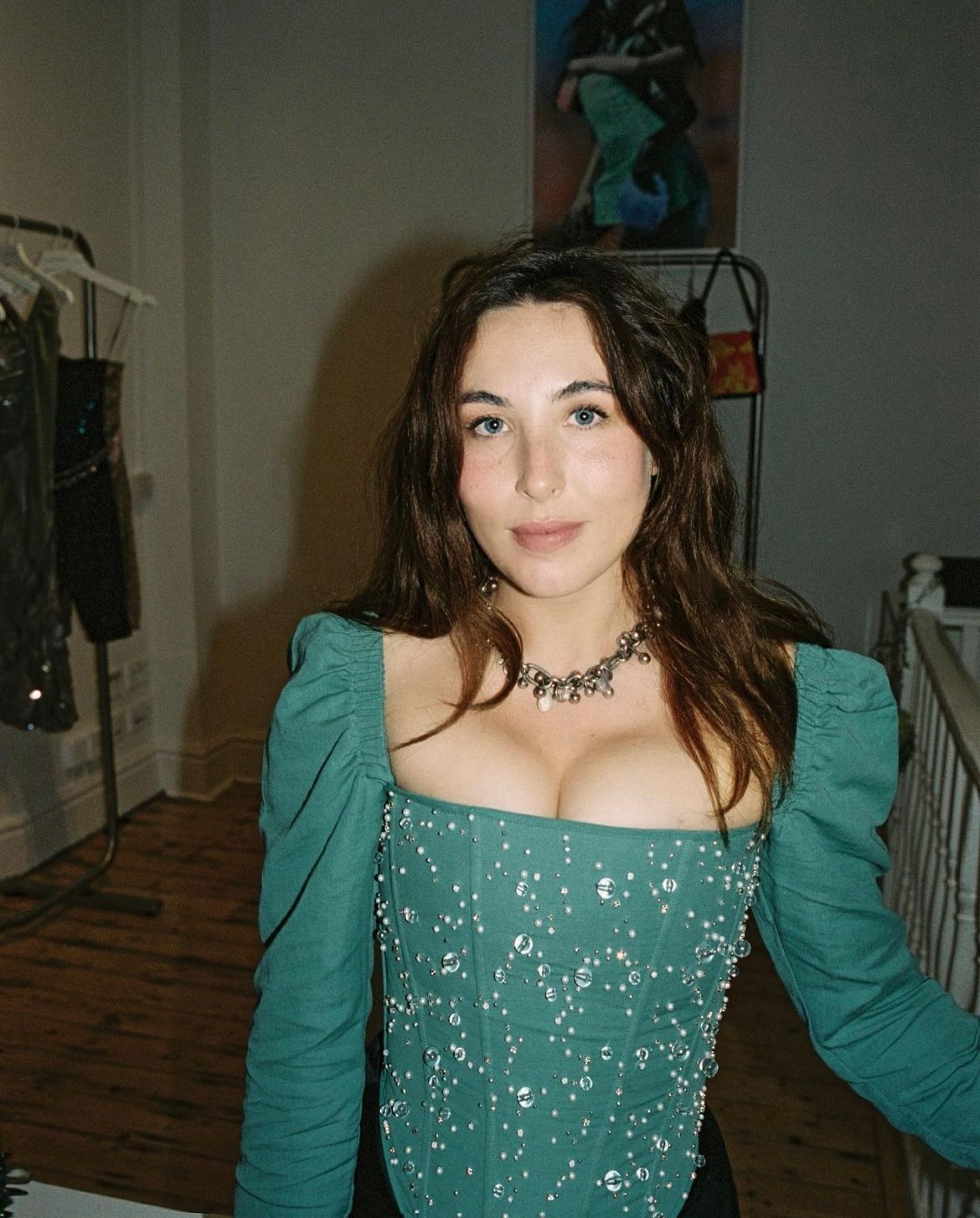
The Post asked the up-and-coming designer a few questions.
Q: Can you take me through your background and brand journey?
Peppiatt: My great-grandmother was a lacemaker. She specialised in women’s gloves, so all our gloves are based on her original patterns.
I never met her but my grandma [and] my mum got a lot of these skills from her and they taught me from quite a young age how to make, embroider, sew. I used to make little clothes for my dolls, stuff like that.
Craft, and the preservation of craft, have always been the heart of the brand and what I wanted to do.
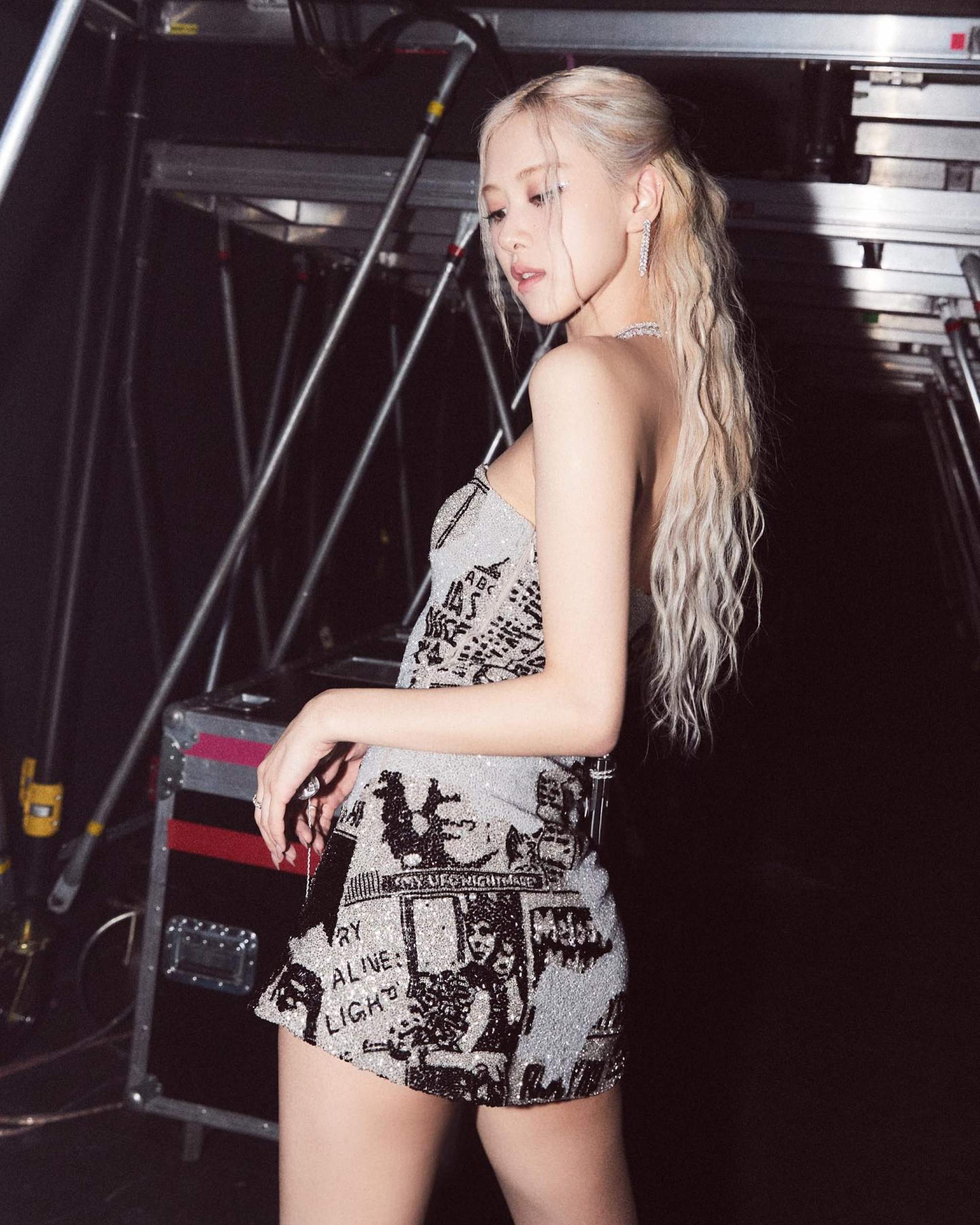
It’s changed now, but when I started the brand, embroidery and beading were thriving – just not for my audience. It was couture and stiff, formal gowns. I wanted to take these skills I had, which had been passed down to me, and reinvent them for my demographic, a contemporary audience – and make them sexy, fun and celebratory.
What works well with our dresses is that they’re very comfortable. You dance in them; they’re not just made for a beautiful photo.
They took years to develop and perfect – beading on stretch fabric is difficult because there’s shrinkage and other things to take into account. But over the years we’ve nailed it, and this also means they work well on different body shapes, and sizes. They have support, so women with bigger chests don’t need to wear a bra with them.
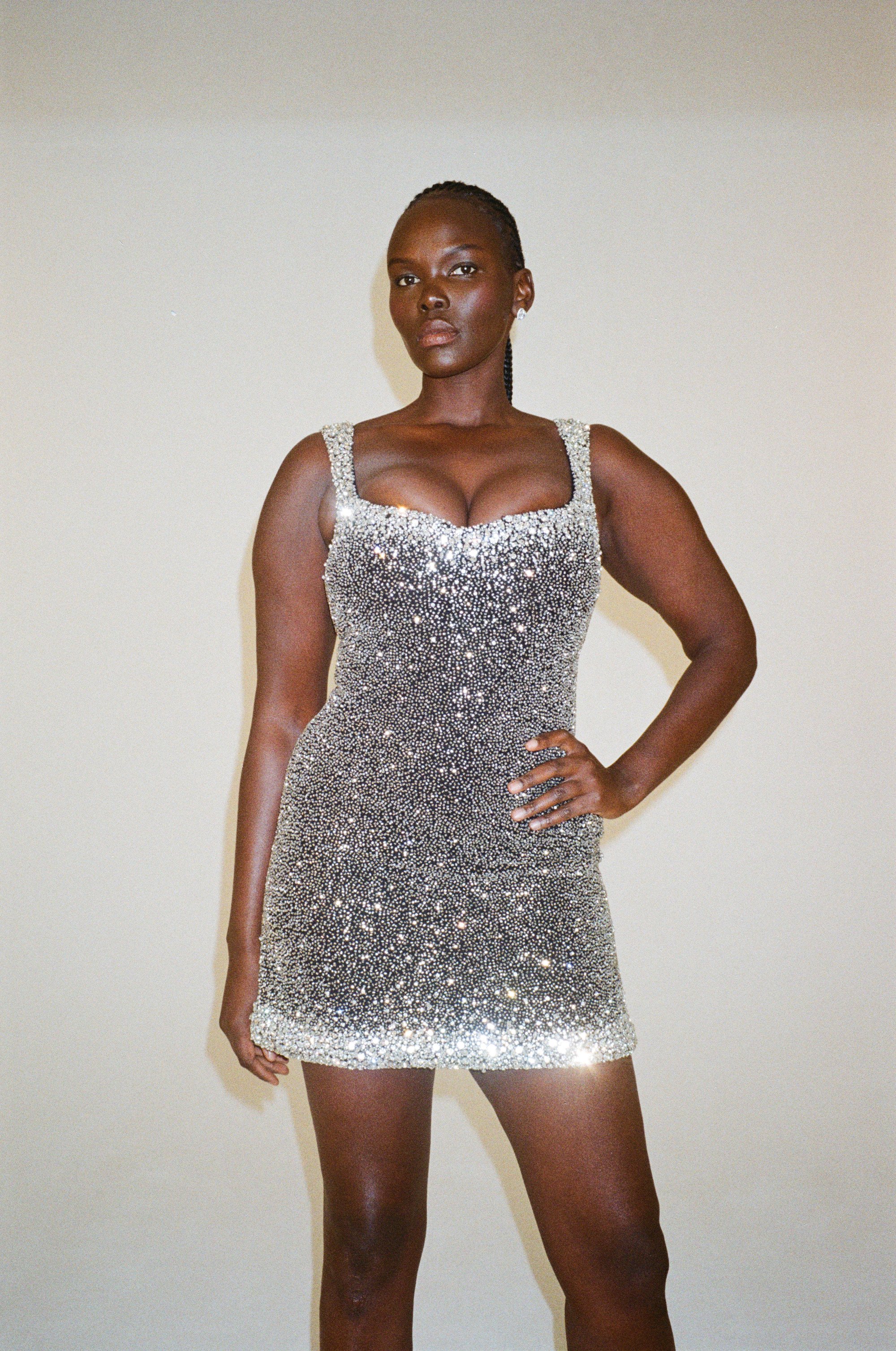
I always design what I love. For years I was told by different people in the industry, “Why don’t you do T-shirts with a bit of beading on, or sweatshirts with some embroidery?” It’s not what I wear, it’s not what I like, and there are lots of designers doing that really well, so it doesn’t feel like there’s a need for more.
Q: Your pieces are extremely intricate. How long does it take to produce one of your dresses?
Peppiatt: If it’s in development, we make three to four versions of every dress before we’re really happy to go into production.
Our new bridal collection is six outfits, so we take that time and really get to invest in it. In production, it’s around two days including shrinkage time.
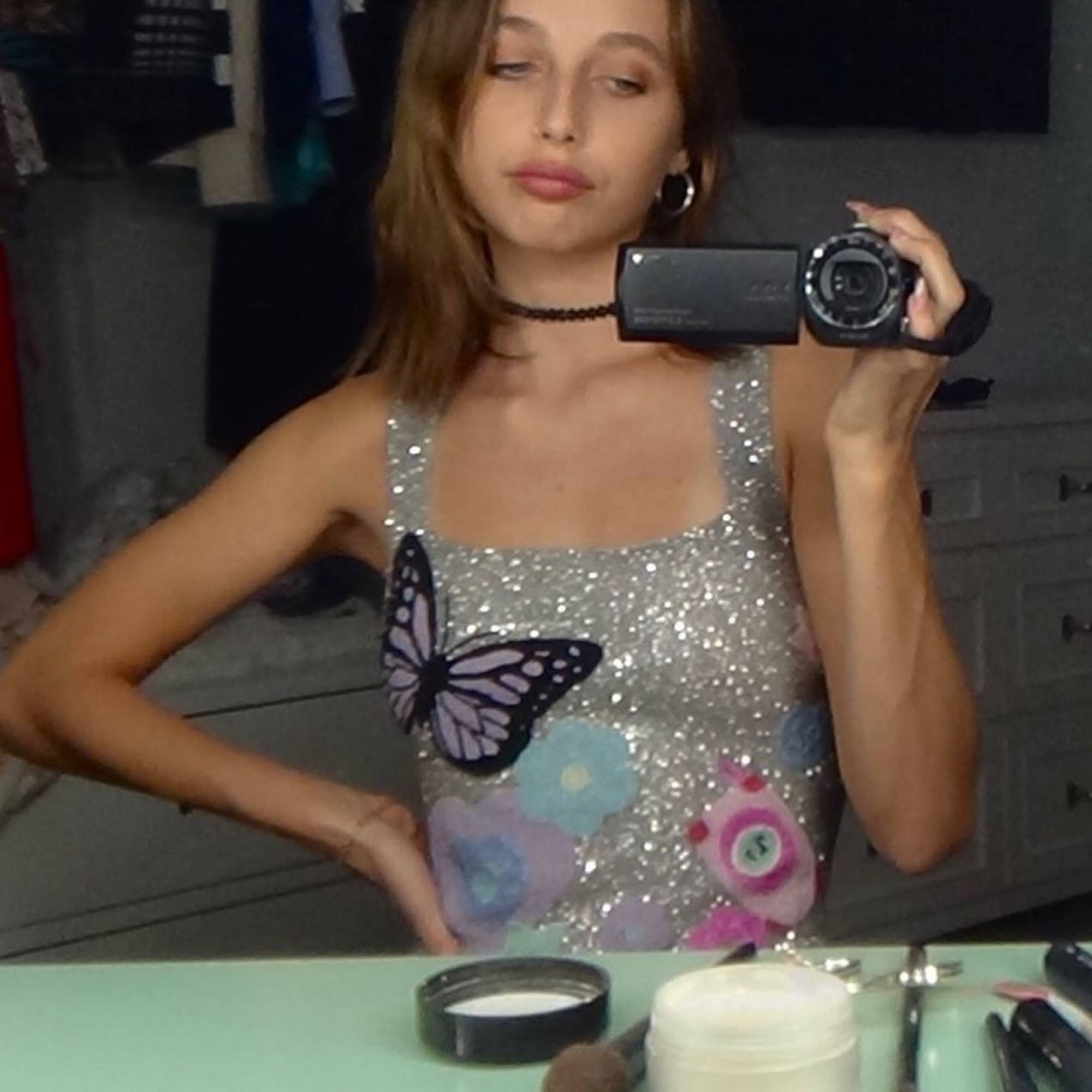
Q: Your brand is growing so quickly now, but you’ve been running it for eight years. Was there a single moment when things started picking up?
Peppiatt: We were lucky, being [in] party dressing. We’re so niche and focused on what we do, and coming out of lockdown, people being able to go out again gave us a massive boost. Fingers crossed it carries on but the last couple of years have been a lot of the right things at the right time.
It was super unexpected. The space we’re moving into today, I did not think it was possible. We’re a small independent brand, I started it with no funding and had other jobs on the side to support myself.
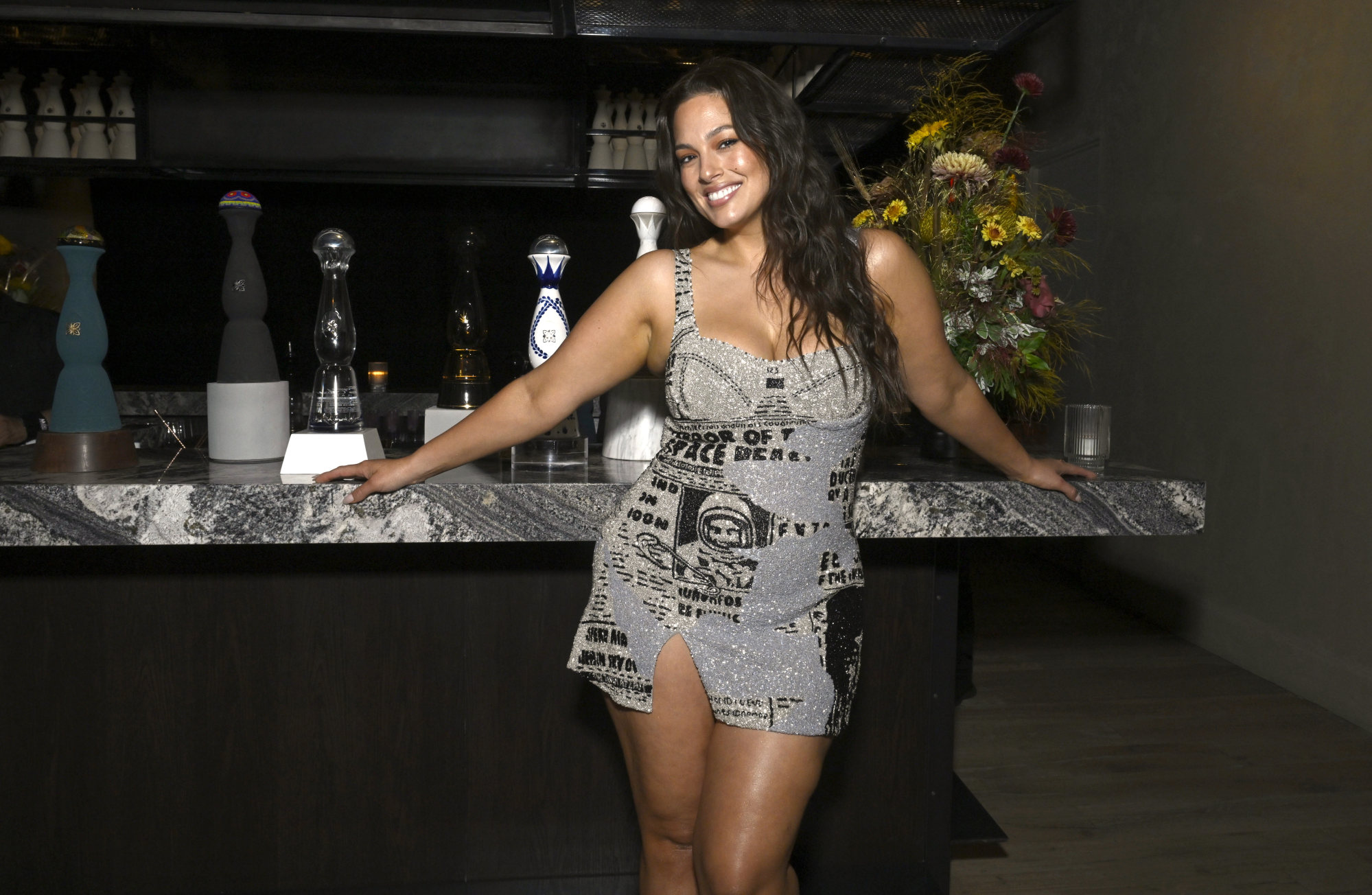
The first time we got a cash injection was when I got a bounce-back business loan over the pandemic, and suddenly there was a bit of a cushion. We had stock for the first time, and everything was made to order before.
We still do very lean orders – we stock to sell out, rather than end up with excess, and we don’t do sales – but suddenly I could invest back into the business, and that was really key. Ultimately, people aren’t always in the mindset to wait for pre-orders.
Q: You also rode the wave when it came to the bridal boom.
Peppiatt: Yes! We released our first bridal collection in September 2022 and we’re just about to release our second collection. It works well for me because I’m very keen on producing less, and taking real development time as well.
I was researching and looking into the bridal offering at the time: it was the usual ceremony dresses, or something really chic and minimal. But there was a gap for party dresses.
It was great timing – sometimes it’s having that touch of something a little more expressive and fun to go with the more traditional outfit.
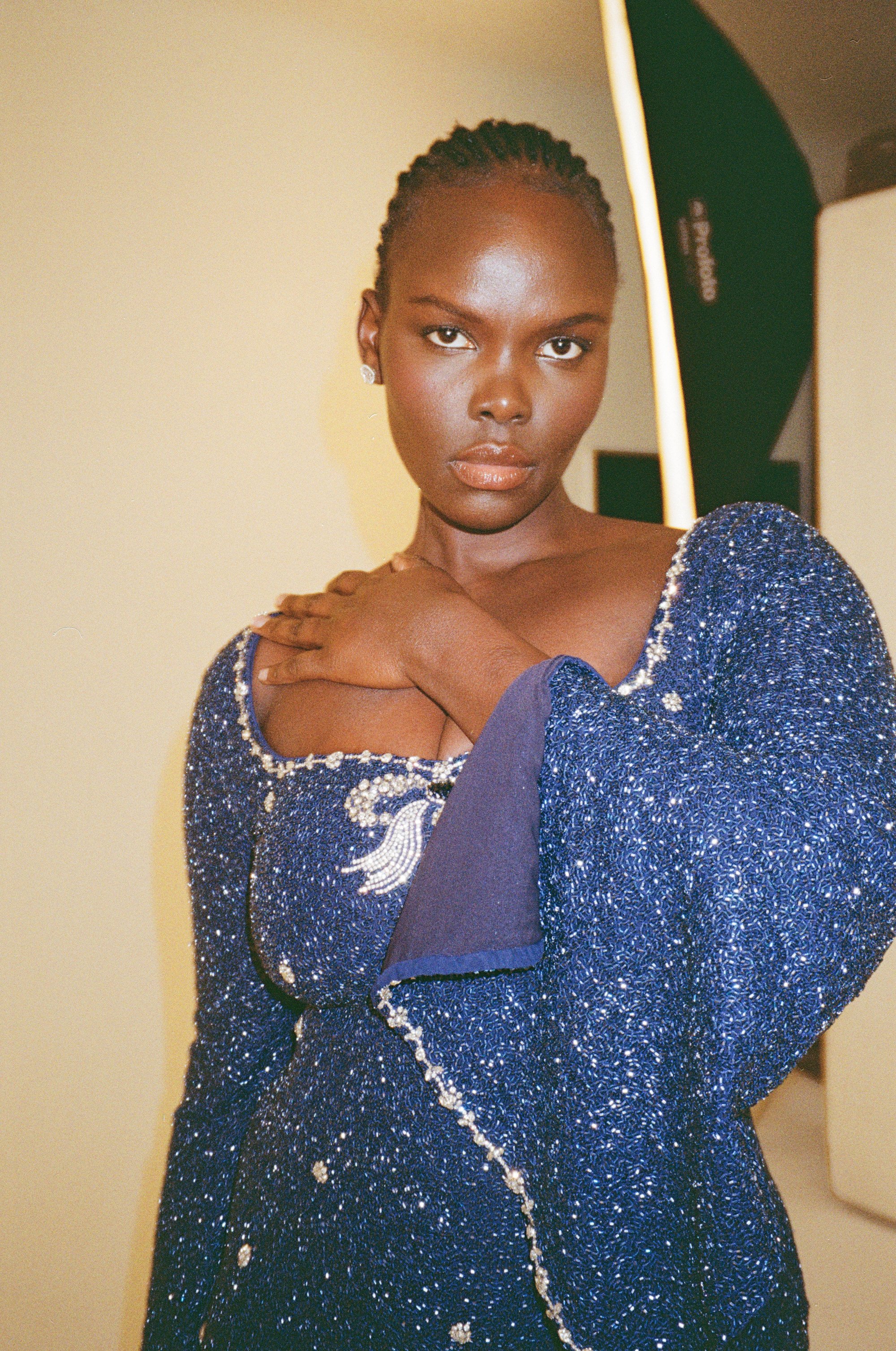
When [bridal] came out, we really saw a big growth in our business and our bestsellers are bridal dresses now. They’re the bread and butter of our business.
We launched with Net-a-Porter in spring 2023 and [our pieces] became the bestselling bridalwear for the whole site, which was insane.
Q: Can you tell me about the time Taylor Swift wore your dress for her birthday? How did that come about?
Peppiatt: She’d borrowed quite a few things before, over the last eight months. We realised she must like the fit and look as they were constantly requesting, but nothing made it to the final selection, which I’m used to with celebrities.
We knew she’d borrowed a couple of dresses for her birthday, but I don’t think I told the rest of the office because I didn’t have my hopes up. And then I woke up to all of these DMs, and an email from my dad who didn’t even know who Taylor was before that point.
Kim Kardashian’s worn us before, we’ve had a lot of celebrity dressing, but the power of Taylor was something we didn’t anticipate. We sold out of that dress that day, as did Net-a-Porter. It was our best day of sales, ever.
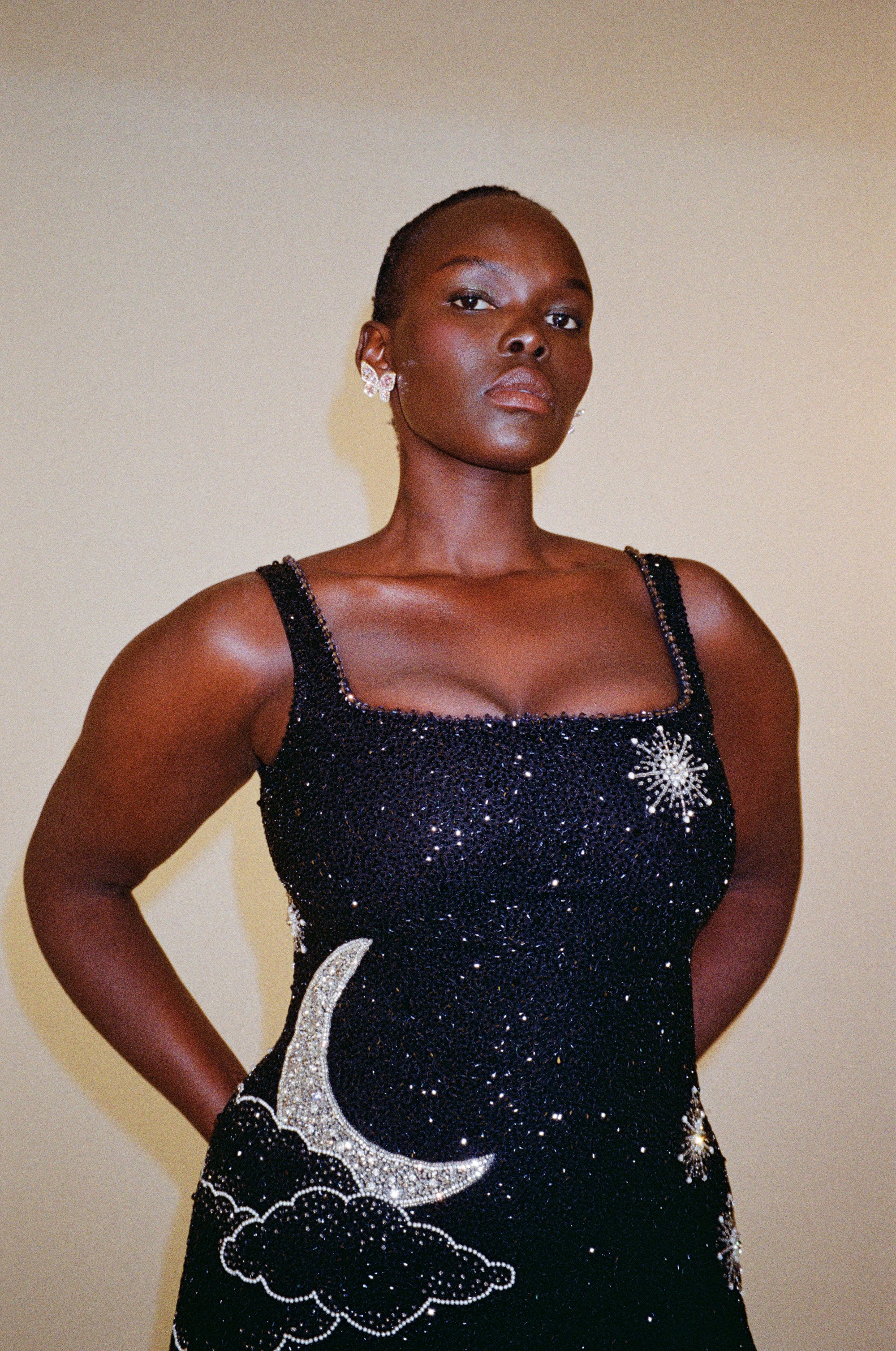
Q: Is there a figure who has been particularly influential when it comes to your brand and approach to design?
Peppiatt: One of my first internships, before I did my degree, was at [Alexander] McQueen for quite a few months. It was incredible to see the level of craftsmanship and work that goes into those pieces.
He was alive when I did my interview but by the time I’d started, he’d died – there was so much riding on that collection, and it was a very intense moment for them.
I was in the embroidery department and I fixed a jumpsuit from the Plato’s Atlantis collection – it was a piece Lady Gaga had worn that needed some repairing, and these were pieces of fashion history.

[Then there was] also Vivienne Westwood and [Azzedine] Alaia – they were both slight outsiders to the fashion industry, and were brave enough to do things differently.
Alaia said he’d only put out a collection when it was ready, rather than fit it in a schedule that didn’t necessarily work. When people would go down for fittings, he’d famously cook them lunch, and cook his team lunch. I’ve heard so many stories of his kindness, which is sometimes a rarity in the field.
Q: What is your advice to young designers looking to carve out their own niches?
Peppiatt: Having financial guidance, absolutely – guidance on budgeting, so you’re not blowing it all on fashion shows.
Internships, obviously, are an incredible way to pick [that] up, especially small businesses, because there are no boundaries. Sometimes when we have interns and I see them popping in their headphones, I’m like, “No no no, you need to listen because you’ll learn about the finance and how we budget – we’re in one room so you pick it up.”
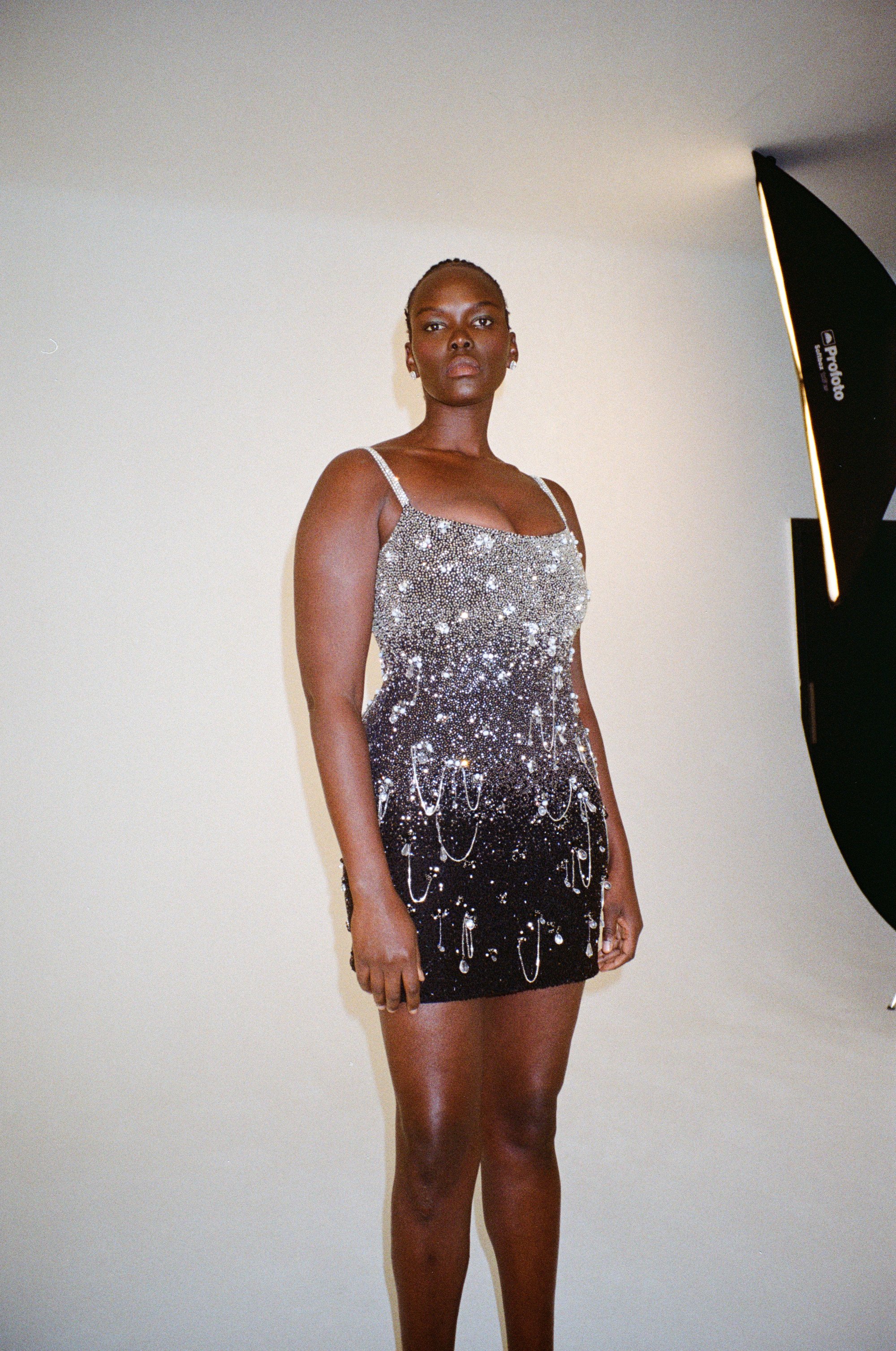
But I think the most important thing is developing strong relationships with your suppliers. We work with artisans in India, and we’ve worked with one of those ateliers for seven years. In fashion, there’s a huge focus on creating relationships with the press, stylists and VIPs. But without product, there’s not far you can go.

